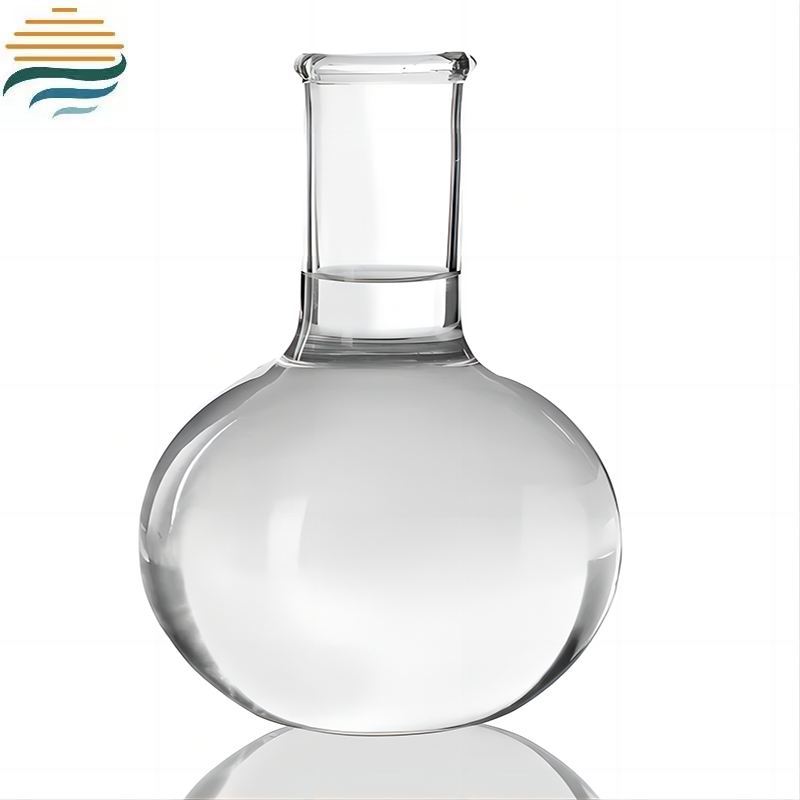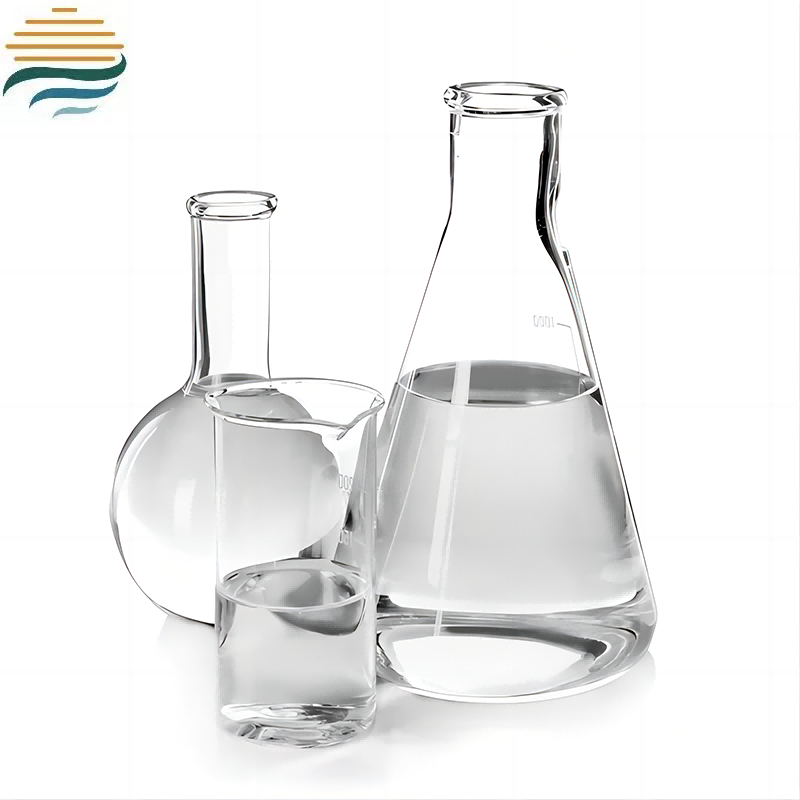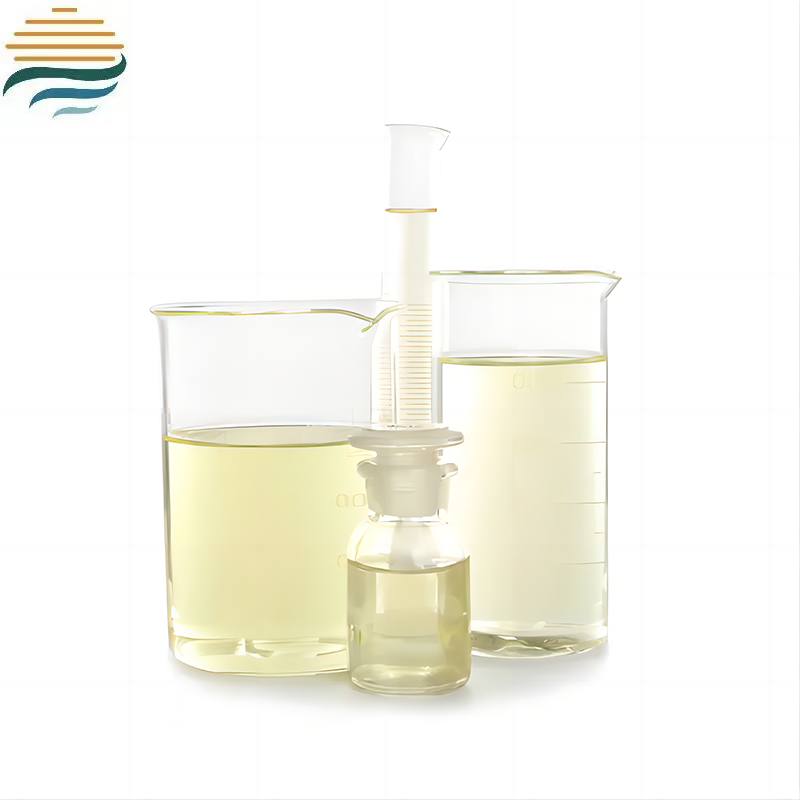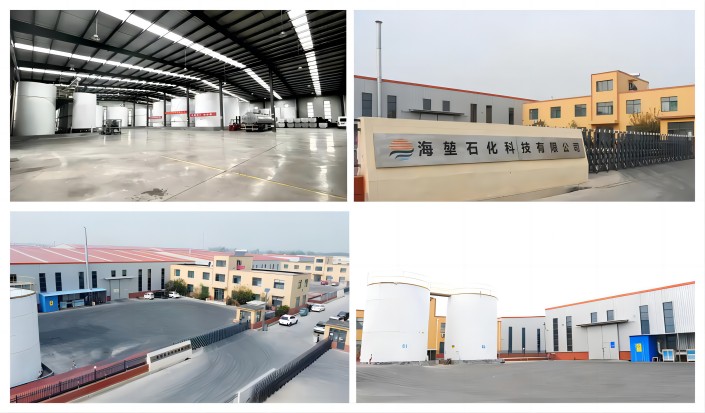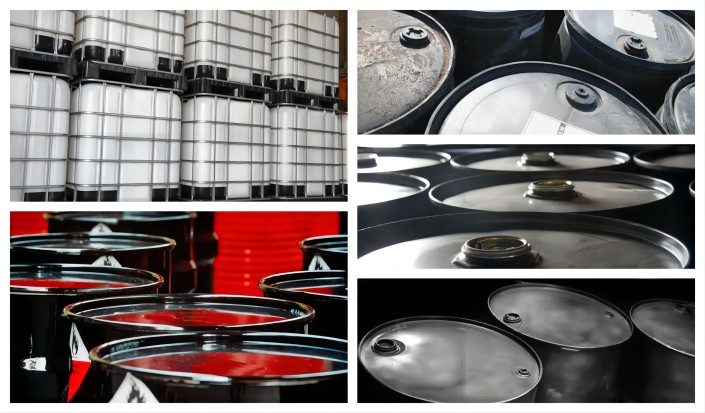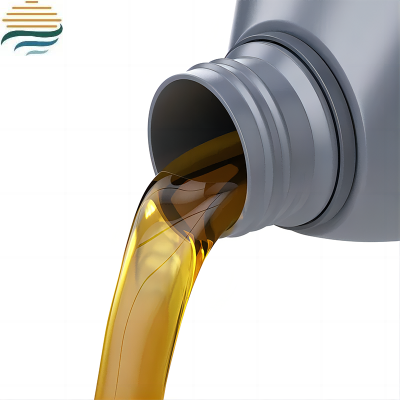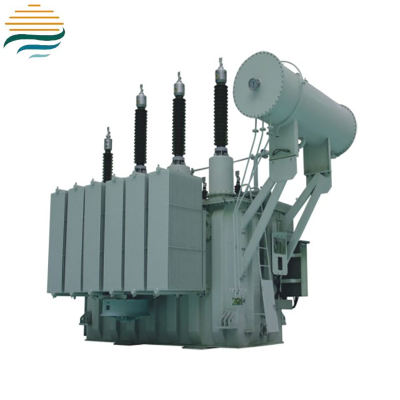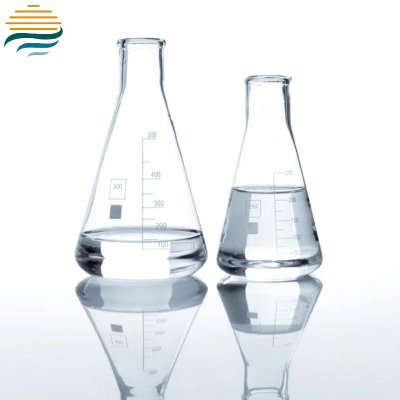Electrical Insulation Oil U-10
Derived from natural petroleum, mineral oil serves as the prevalent engineering liquid dielectric in transformers, not only excelling in insulation but also vital in managing heat dissipation and arc suppression during their routine operations. Upon arc formation within, the oil promptly quenches the arc through intense cooling, thereby extinguishing it. Furthermore, it evacuates heat and gaseous byproducts from the discharge zone, swiftly diminishing the voltage gradient in the discharge field, ensuring effective discharge containment.
Product Details:Electrical Insulation Oil U-10
Under severe heat and oxidizing conditions, our transformer oil maintains outstanding chemical stability, resisting oxidation and decomposition, ensuring prolonged performance excellence. By incorporating the ideal amount of antioxidants, we have further optimized its chemical resilience, enabling it to provide unparalleled insulation, cooling, and machine protection, delivering exceptional outcomes.
PARAMETER:
Sports Event | IEC60296:2020 TVBUs (LCSET-30°C) Quality indicators | Typical properties | Test Methods |
Functional characteristics | |||
Pour Point/°C | ≯-20 | -25 | ISO 3016 |
Kinematic viscosity (40°C)/(mm²/s) | ≯12 | 11.5 | ISO 3104 |
Kinematic viscosity (-30°C)/(mm²/s) | ≯1800 | 1400 | |
Water content/(mg/kg) | ≯30 | 18 | IEC 60814 |
Breakdown voltage/kV | - | - | IEC 60156 |
-Untreated oil | ≮30 | 40-70 | |
-Treated oil | ≮70 | >70 | |
Density (20°C)/(kg/m³) | ≯895 | 889 | ISO 12185 |
Dielectric loss factor (90°C) | ≯0.005 | <0.001 | IEC 60247 |
Refining/stabilizing properties | |||
saturation (color theory) | ≯1.5 | 0.5 | ISO 2049 |
exterior condition | Clear and transparent, no precipitation | Clear and transparent, no precipitation | visual assessment |
Acid value/(mgKOH/g) | ≯0.01 | <0.01 | IEC 62021-1 |
Interfacial tension/(mN/m) | ≮40 | 46 | ASTMD 971 |
corrosive sulfur | non-corrosive | non-corrosive | DIN 51353 |
corrosive sulfur | - | non-corrosive | ASTMD 1275B |
Potentially corrosive sulfur | non-corrosive | non-corrosive | IEC62535 |
DBDS/(mg/kg) | Not detectable (<5) | not detected | IEC 62697-1 |
Antioxidant content/% | Not detectable (<0.01) | not detected | IEC 60666 |
Metal passivator/(mgkg) | Not detectable (<5) | not detected | IEC 60666 |
2-Furfural content and related substances (single component) (mg/kg) | Not detectable (<0.05) | <0.01 | IEC 61198 |
Operational characteristics | |||
Chlorine stability (164h) | - | - | IEC 61125 |
--Total acid value (mg KOH/g) | ≯1.2 | 0.70 | |
-- Oil sludge/% | ≯0.8 | 0.35 | |
--Dielectric loss factor (90°C) | ≯0.500 | 0.040 | IEC 60247 |
1. Market Research Analysis
The contemporary era sees a universal preoccupation with transformer safety, as both developed and developing nations grapple with this challenge. Transformer failures, characterized by arcs, discharges, and intense heat, can swiftly escalate into electrical crises, including short circuits, system malfunctions, power outages, and in extreme instances, fires with grave consequences. Thus, the secure and reliable functioning of transformers is a global imperative.
Transformer oil, the primary insulating agent, is instrumental in preserving transformer and power system integrity. Since its introduction as transformer oil in 1887, mineral oil has retained its premier position due to its abundant availability, cost-effectiveness, and superior insulating properties. In 1931, synthetic alternatives like polychlorinated biphenyls (PCBs) were introduced, and silicone oil became an insulating fluid in 1956. Nevertheless, mineral transformer oil remains the cornerstone in electrical insulation, underscoring its enduring value.
2. Physical and Chemical Performance Testing
Acid Number and Basicity: The acid value serves as a crucial marker for the aging progression of transformer oil. An excessively high acid value may signify an abundance of acids within the oil, leading to equipment corrosion and diminished insulating capabilities. Conversely, alkalinity can be indicative of the oil's antioxidant properties.
Foam Resistance: Under conditions of heating or pressurization, transformer oil is prone to bubble formation. High water content exacerbates this issue, hindering bubble dissipation and subsequently impacting oil performance. Therefore, evaluating the oil's anti-foaming capabilities is imperative.
Own Factory
Employees at Working
Canned Oil Products
Transportation
Corporate Culture
Lifelong learning is an important part of our corporate culture. In this ever-changing era, we encourage our employees to continuously learn new knowledge and skills, and to maintain their curiosity and inquisitiveness. Through internal training, external exchanges and other ways, we work together to build a learning organization, so that personal growth and corporate development resonate in the same frequency.
Customer Reviews
"In Portugal, we've partnered with Haikun Petrochemical for our industrial lubricant needs. Their products have proven to be highly effective, and their team's expertise has helped us optimize our operations. A great choice!" — Portugal, Joana Silva


